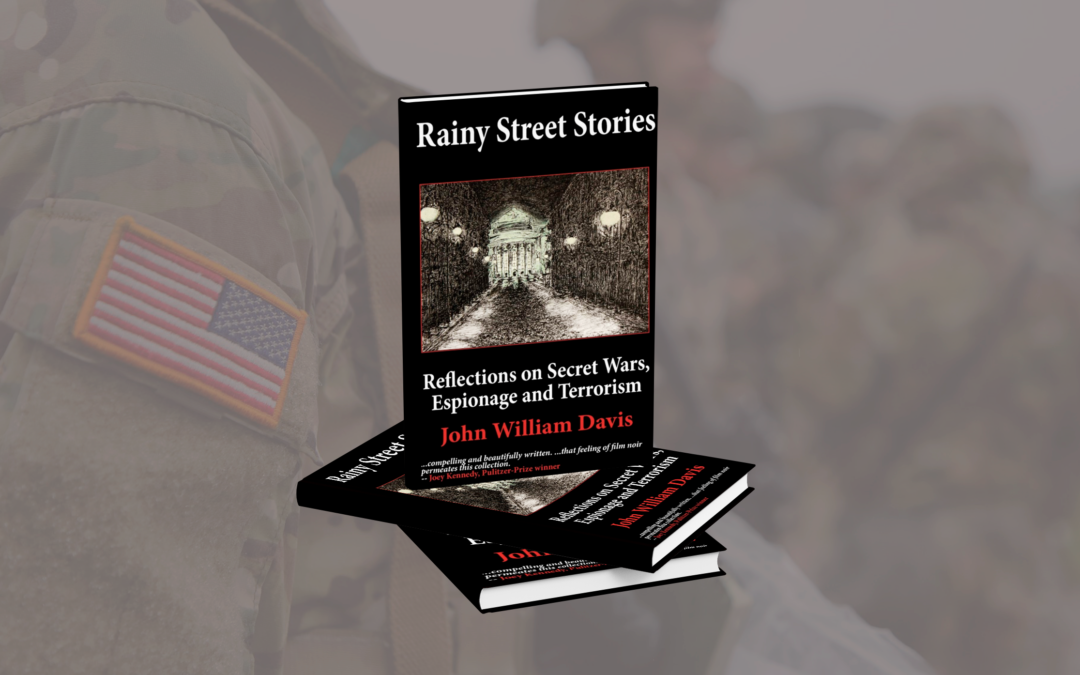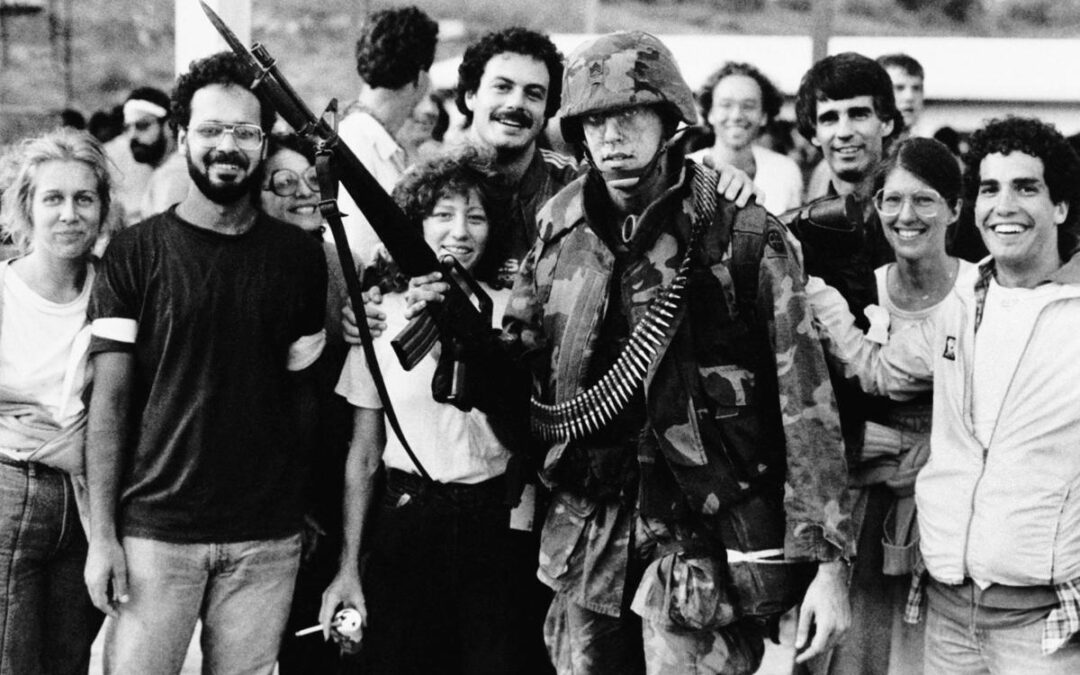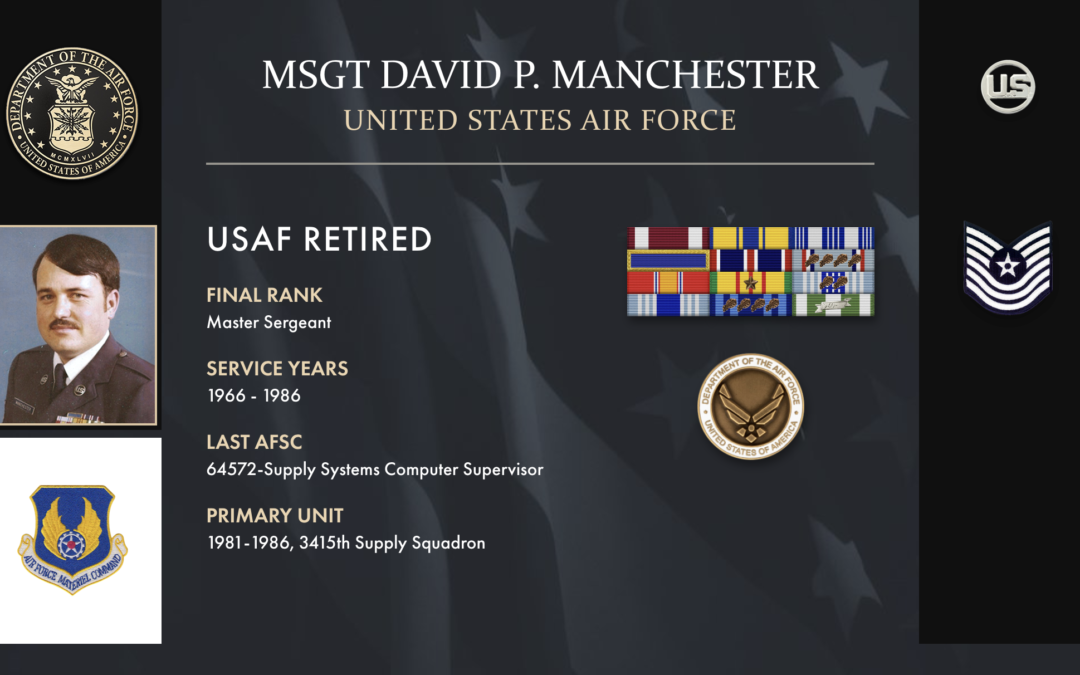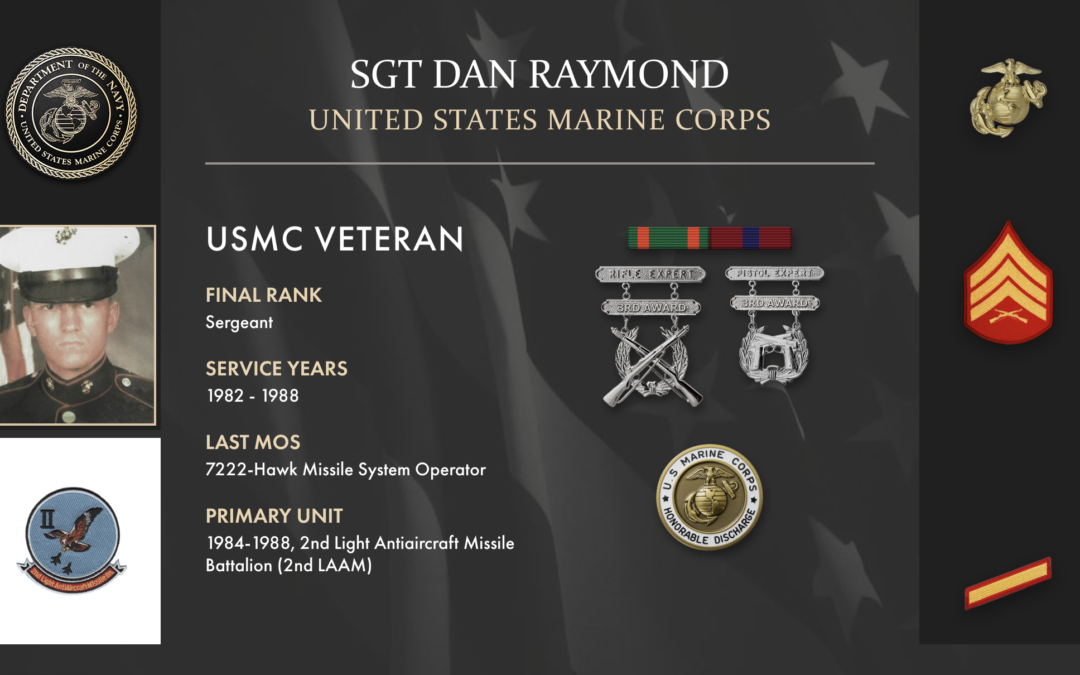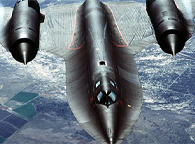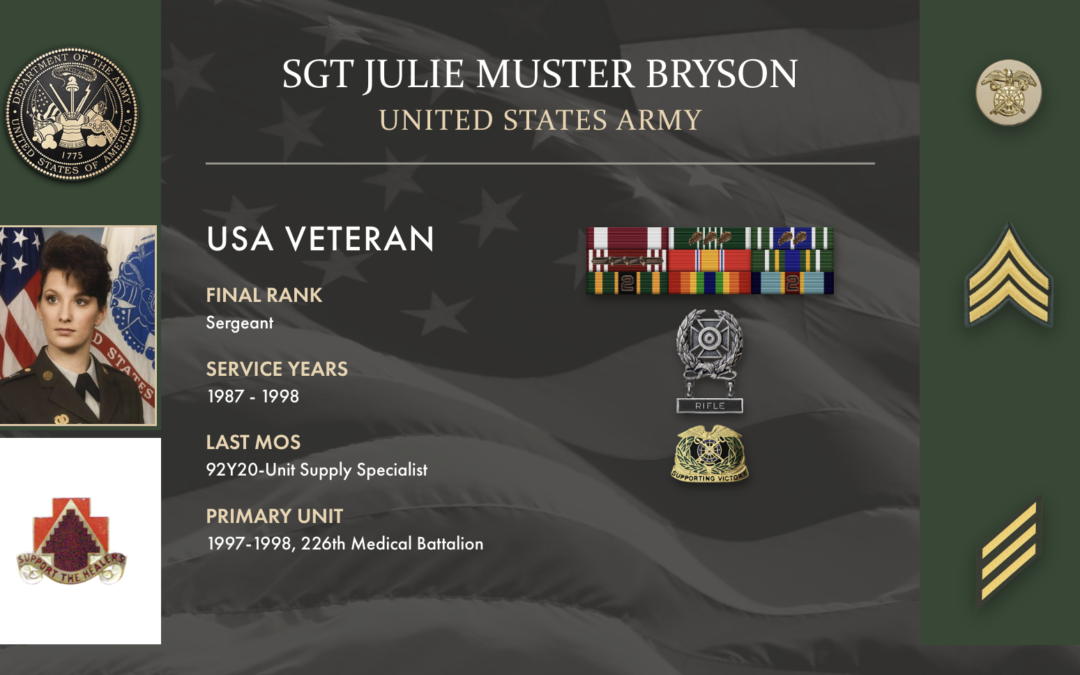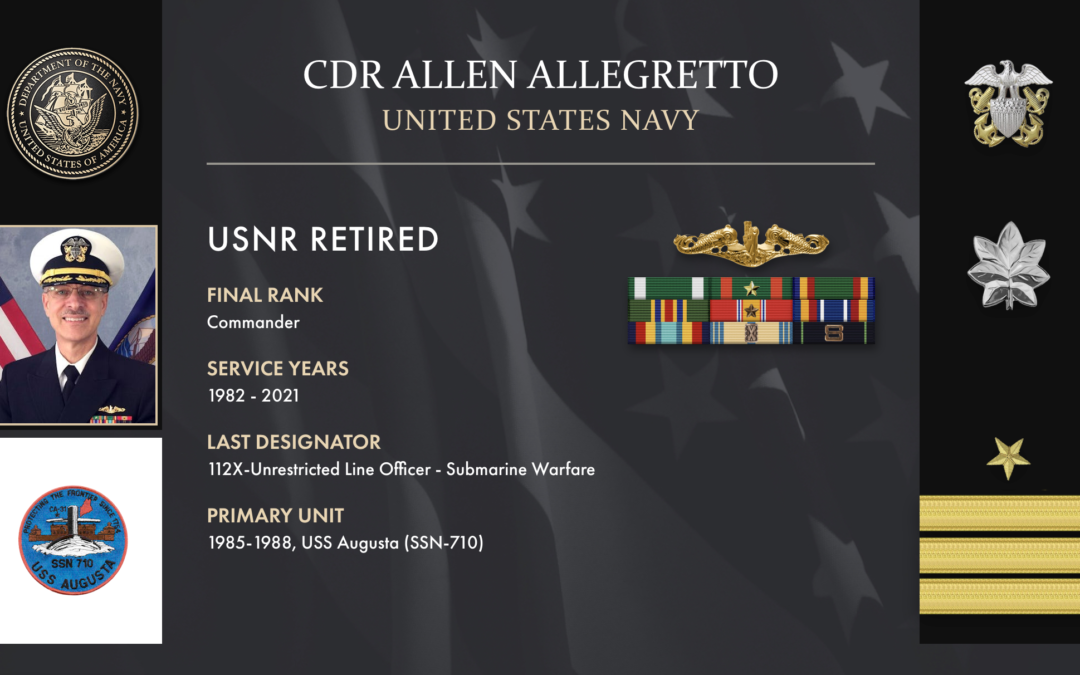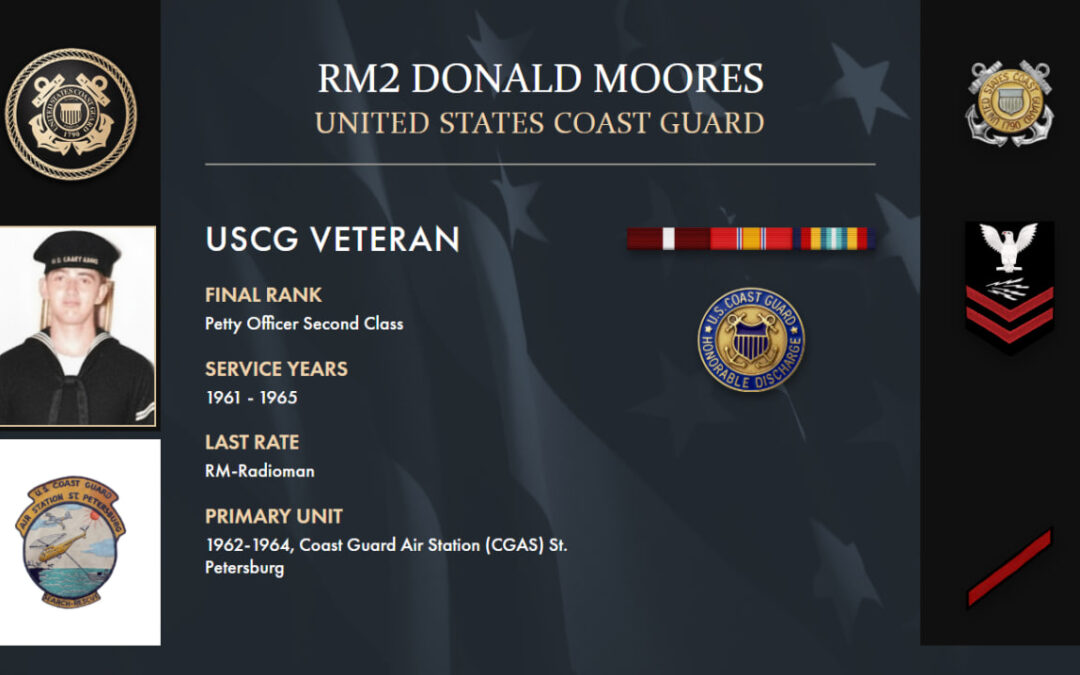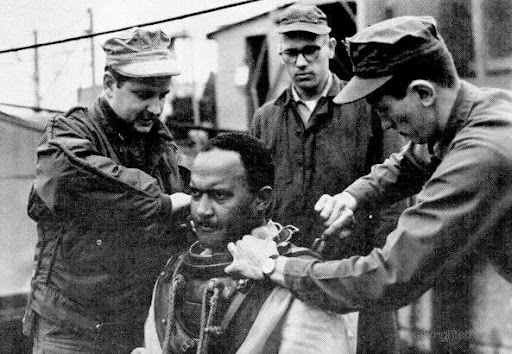"Rainy Street Stories" isn't a single tale so much as a map of scars. Author John William Davis is a retired U.S. Army counterintelligence officer, a seasoned veteran of the shadow trades. In this book, he takes readers around the world as he threads together short vignettes, essays, and memory-shards about espionage, terrorism, and the people who live between those crosshairs. Rainy Street Stories Beyond the Headlines Unfold If you're expecting a Tom Clancy showstopper with satellite uplinks and a missile budget, stand down. Davis brings something much different: thoughtful reflections that the author clearly wrote at different times in his life. Each chapter displays the depth of Davis' consideration for his subjects. "Rainy Street Stories" isn't a book for learning the ins and outs of the intelligence world, nor is it a manual for spycraft. But readers won't be disappointed to find real thoughts and emotions from someone who works in the counterintelligence world, and...
